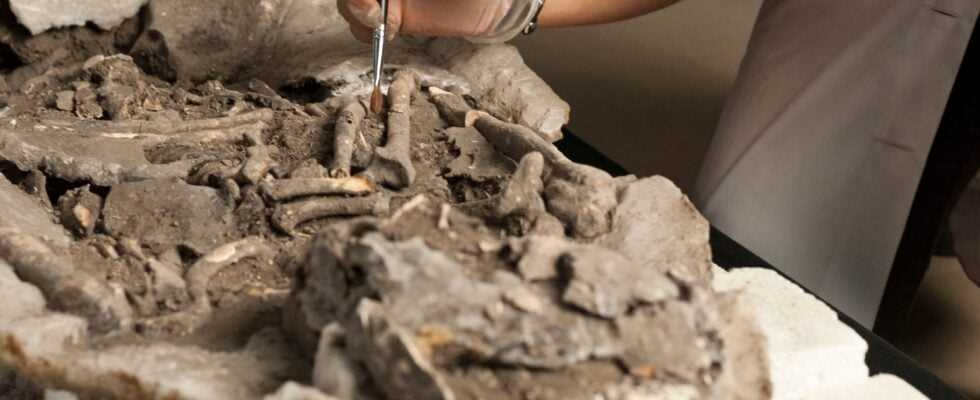Mummification is when a corpse is preserved. The Egyptian mummies, which were painstakingly washed, gutted, dried, embalmed and then bandaged, are probably the most famous. However, in other cultures, various types of mummification were also widespread, and mummies are sometimes formed naturally. In Europe, the dead could have been mummified as early as 8,000 years ago – and thus much earlier than previously thought. A research team led by Rita Peyroteo-Stjerna from Uppsala University in Sweden has now found cautious indications of this.
The group analyzed rediscovered photos of 13 individuals whose remains were found in the 1960s at a Mesolithic site in Portugal’s Sado Valley. The scientists looked closely at the position of the bones in their graves and also included knowledge about how human bodies decompose over time. They also used the results of decomposition experiments that forensic anthropologists in Texas had carried out on corpses and mummies.
In some of the 8,000-year-old skeletons, they were able to discover signs of what the authors call “directed natural mummification.” The bodies were apparently allowed to dry out over a longer period of time while being fixed in a kind of squatting position with ribbons or bandages. As a result, they were probably easier to transport afterwards and they could be buried anatomically intact, as the researchers write in the “European Journal of Archaeology”.
This process is supported by the fact that some of the bodies were apparently buried in an extremely bent position, with the legs bent at the knees and pulled towards the upper body. In addition, the joint connections were still preserved even on the rather “weak” joints such as the feet – which is also atypical in the non-mummified state.
